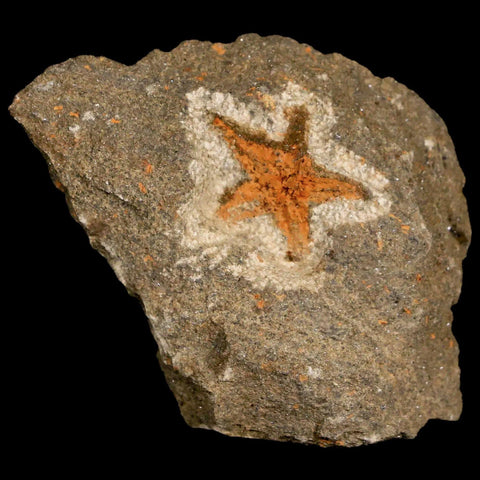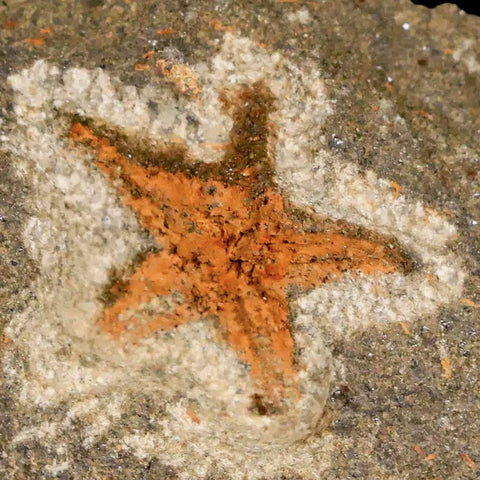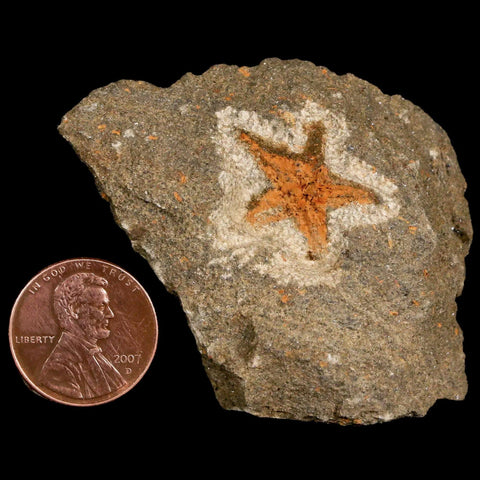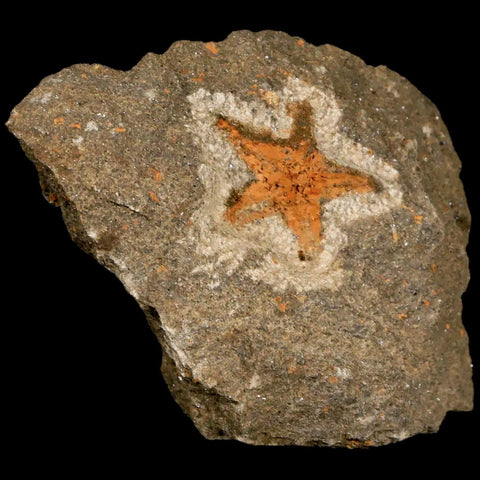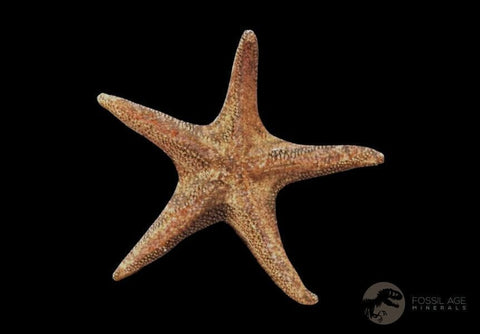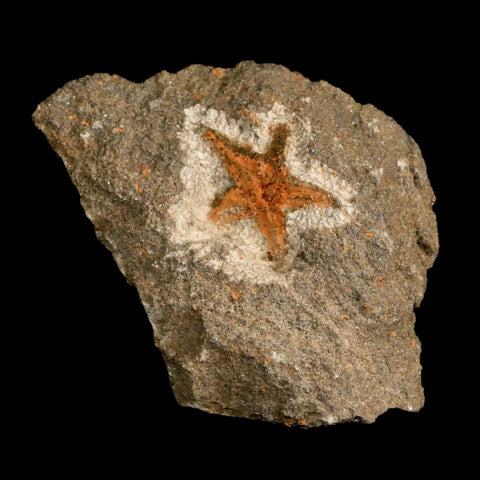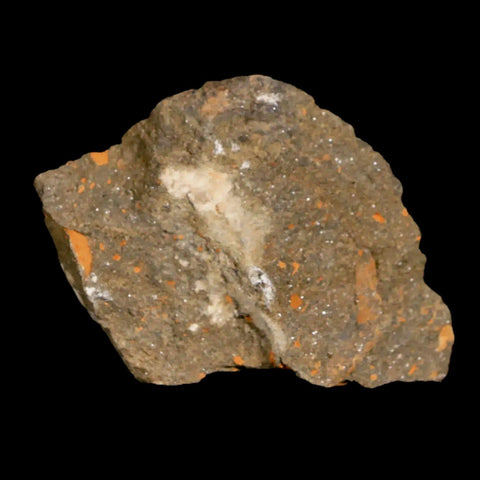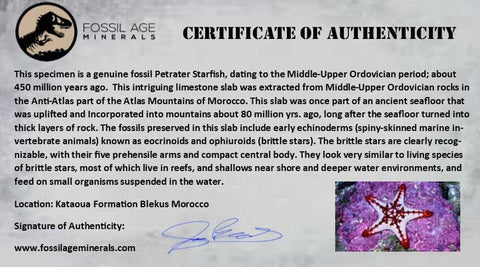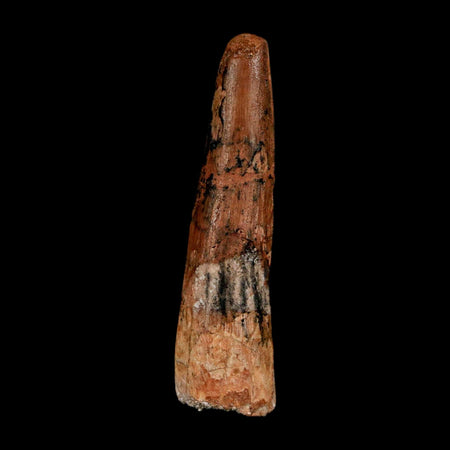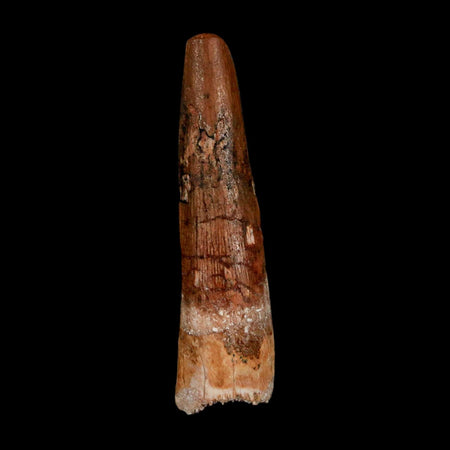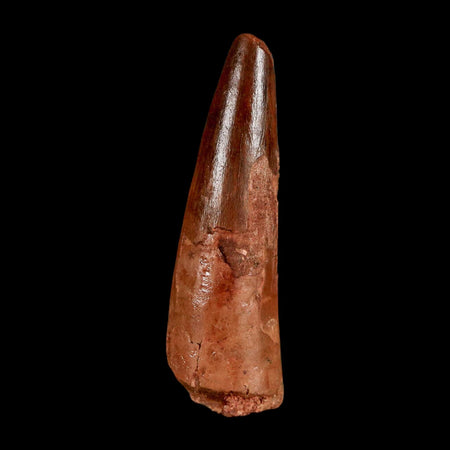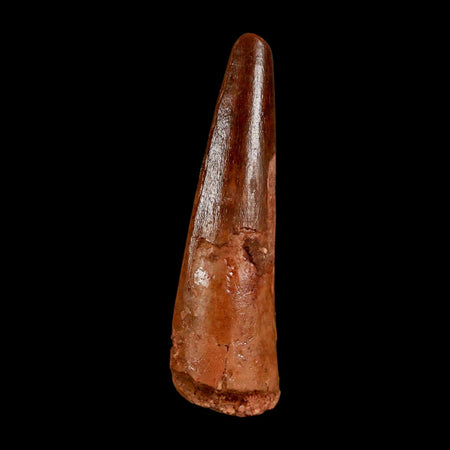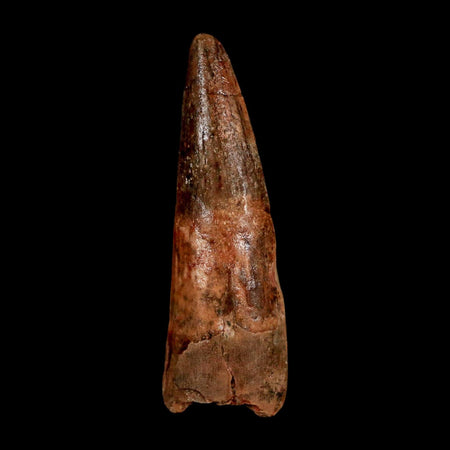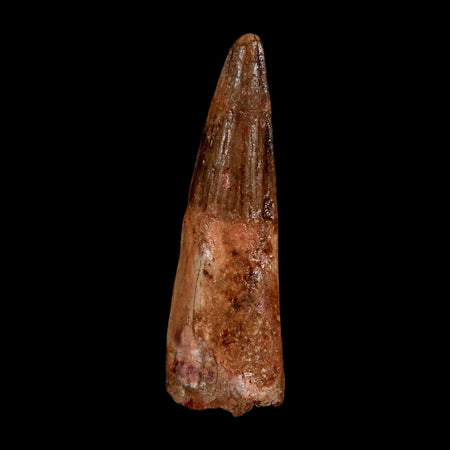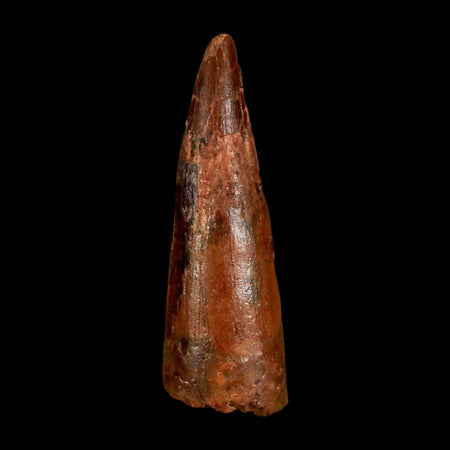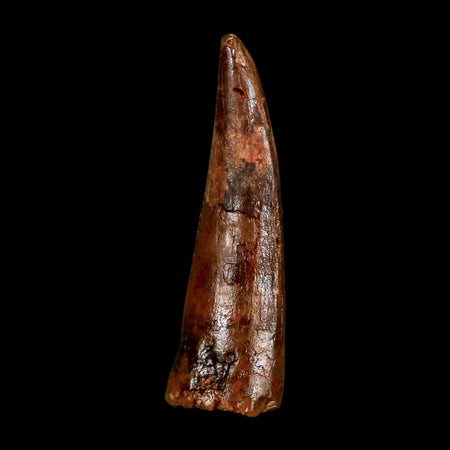20MM Brittle Star Petraster Starfish Fossil Ordovician Age Blekus Morocco COA
Location: Kataoua Formation, Blekus, Morocco
Weight: 1.3 Ounces
Starfish Dimensions: 20MM
Dimension: 2.4 Inches Long, 1.7 Inches Wide, 0.65 Inches Thick (Plate)
Comes with a Certificate of Authenticity.
The item pictured is the one you will receive.
Brittlestar Petraster
Discover a remarkable piece of history with this limestone slab from the Middle-Upper Ordovician period, around 450 million years old, sourced from Morocco’s Anti-Atlas region. Once a section of ancient seafloor, this fossilized slab was elevated and merged into mountain ranges roughly 80 million years ago, preserving a story etched deep in time. Adding this unique fossil to your collection means owning a tangible connection to Earth’s distant past.
This slab contains fossils of early echinoderms, including echinoids and ophiuroids (brittle stars). The brittle stars are identifiable by their five flexible arms and a central body, closely resembling modern brittle stars found in reefs and shallow to deep waters, where they feed on small suspended organisms. Also present are eocrinoids, distinguished by their long, slender stems and clusters of arm-like structures, likely Ascocystites. These suspension feeders captured microorganisms from the water using their specialized appendages, offering insight into ancient marine ecosystems of the Ordovician period.
Despite the name, eocrinoids were unrelated to crinoids (sea Lilies) and differ in several morphological features from ancient and modern crinoids. However, like many fossil crinoids, their elongated stem allowed for attachment to hard substrates and the possibility of raising themselves higher off the seafloor.
There appear to be several larger individuals along with several much smaller ones. Those smaller animals may be juveniles of the larger form or a different species. Do you notice how the smaller individuals often seem to be in close contact with the brittle stars? We are often led to wonder whether the brittle stars were feeding on the smaller echinoids.

Please be aware of the nature of fossils:
Being buried under the ground for millions of years under tons of pressure tends to be rough. No fossil comes out of the ground whole and perfect. Most fossils have undergone some restoration, while others are altered by man simply to enhance their presentation in different ways. The workers in Morocco do a very professional job of unearthing and preserving these natural treasures. These are part of the natural beauty of the fossil and are not considered defects.


